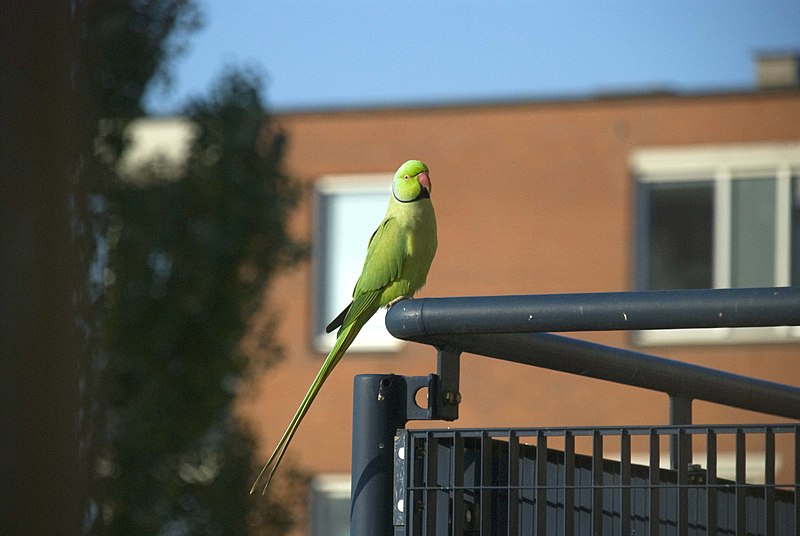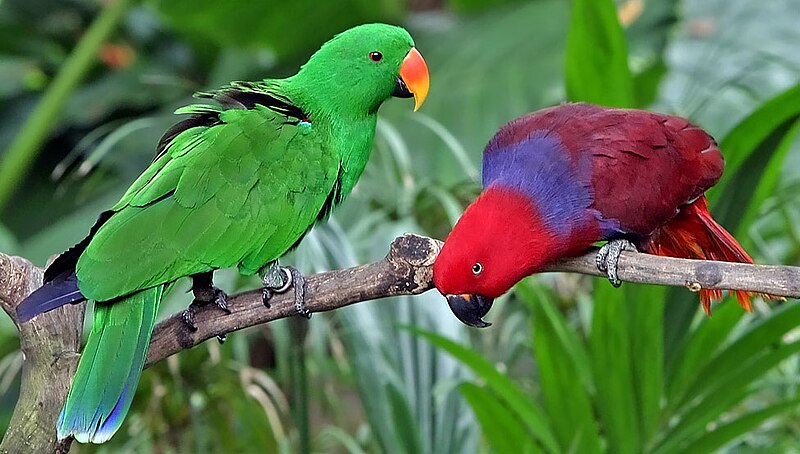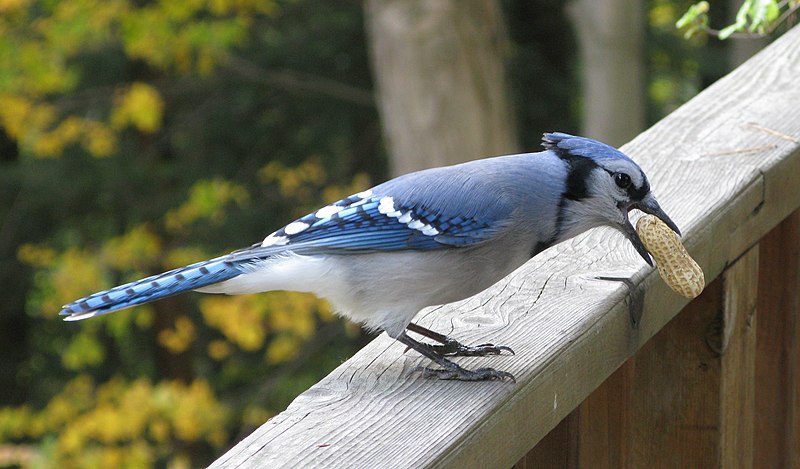 More than 50 parrot species are now breeding far outside of their native ranges. If your city or town is home to a feral (released or escaped) population of parrots, the group City Parrots would like you to help out with the World Parrot Census.
More than 50 parrot species are now breeding far outside of their native ranges. If your city or town is home to a feral (released or escaped) population of parrots, the group City Parrots would like you to help out with the World Parrot Census.
Why Study Urban Parrots
Shrinking habitats and growing human populations have forced many wild animals into close contact with people. Sometimes, such as with the Peregrine Falcons that nest in the heart of New York City, all works out well…the coyotes that arrived there recently were, however, less welcome. Read More »
 That Bird Blog – Bird Care and History for Pet Birds
That Bird Blog – Bird Care and History for Pet Birds




